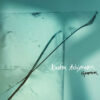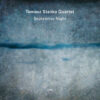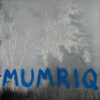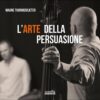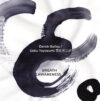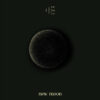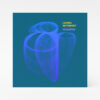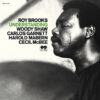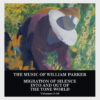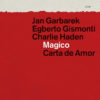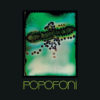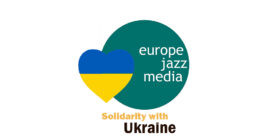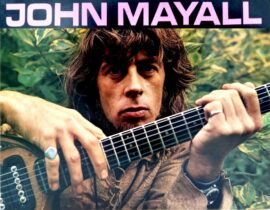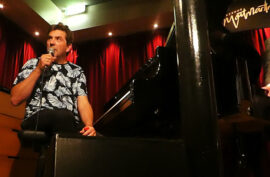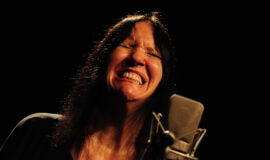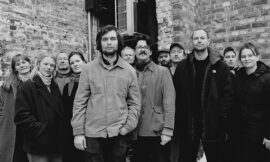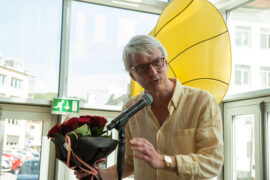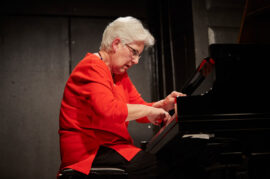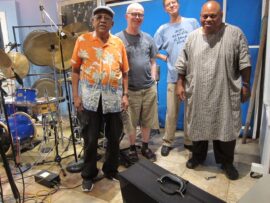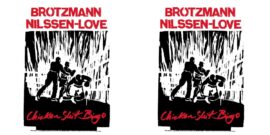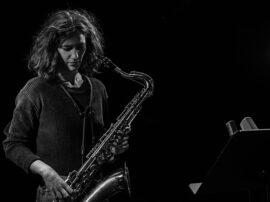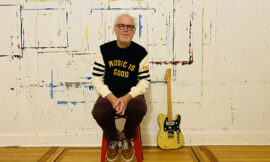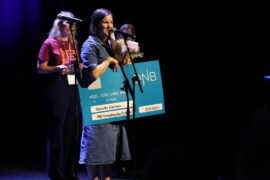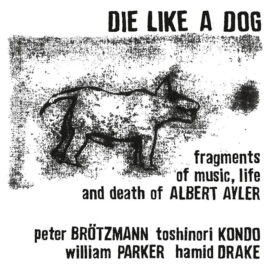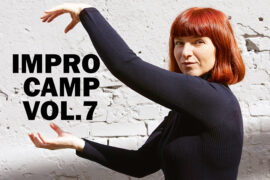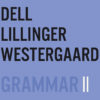
«Grammar II», The second album of the Berlin-based, experimental DLW trio – German vibes player Christopher Dell and drummer Christian Lillinger plus Danish double bass player Jonas Westergaard, serves as a research sonic lab and a framework, a question and a manual. This album inquires whether the accumulation and organization of musical knowledge is actually productive, to the effect that it generates a narrative and/or history. «Grammar II» focuses on the DLW trio’s own trans-historical practice as an archive becoming productive due to its conceptual framework.
«Grammar II» is inspired by the etymological references of the word grammar: its derivation from the Greek grammatikē technē, which means «art of letters»; from gramma, «letter», from graphein, «to draw, to write» and from grapheme. The latter, especially, leads to the concept of grammatology. In the context of this recording this means thinking about the traces of the making of existing musical actions, and more precisely, the traces that precede the musical actions we hear and play.
Furthermore, «Grammar II» also examines and experiments on its own structural framework as a set of strategic musical viewpoints that inform the practices of the DLW trio. This framework constitutes the musical material that shapes, drives, and gives meaning to the trio’s collective musical action. Along these lines, DLW interprets «musical thinking» as «structural thinking», which allows for complex and contingent relationships and multifaceted aspects of musical practice to coexist in a constructive manner.
«Grammar II» was recorded live at the Loft club in Cologne on June 2019 and sounds at first as an academic dissertation on the possibilities of improvisation within a carefully notated and strict limits of minimalist, rhythmical , melodic and harmonic framework. But few more, deeper listening processes suggest more nuances and perspectives about how the music develops temporality and spatiality, in terms of its complex and tight structures and its content. Then, you – the listener – can avoid the long, high-brow introduction to the aesthetics of the DLW trio and simply enjoy the profound understanding between Dell, Lillinger and Westergaard. By the time you would get to the fourth and last piece «Duration – Structure IV» you may find yourself hypnotized by this trio’s always arresting and challenging layers of rhythmic patterns.
Eyal Hareuveni
Christopher Dell (vib), Christian Lillinger (dr), Jonas Westergaard (b)

